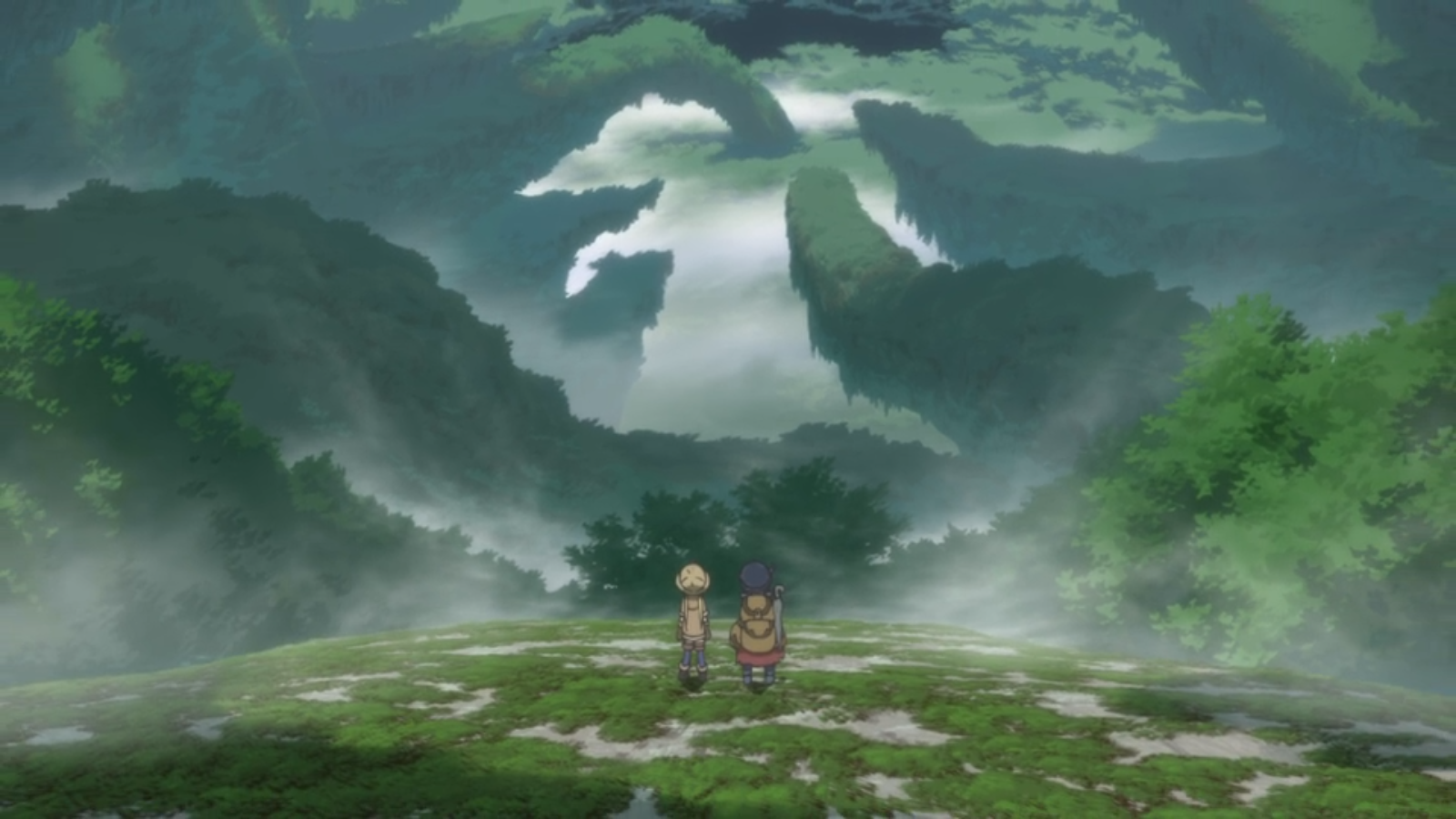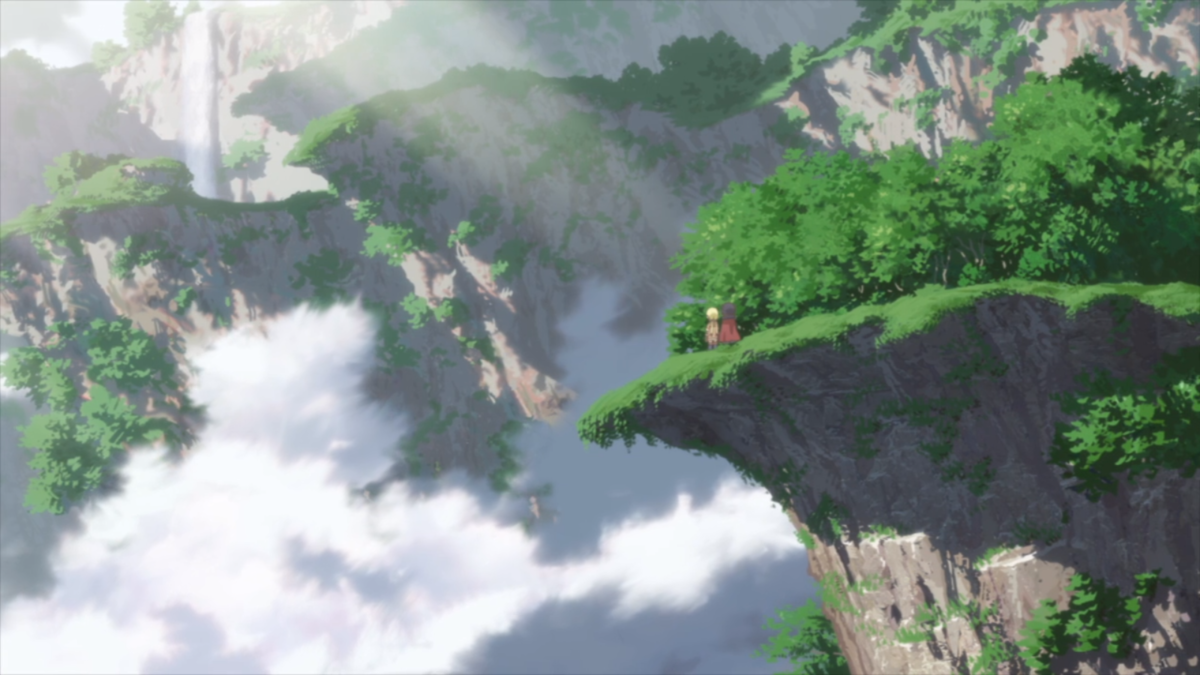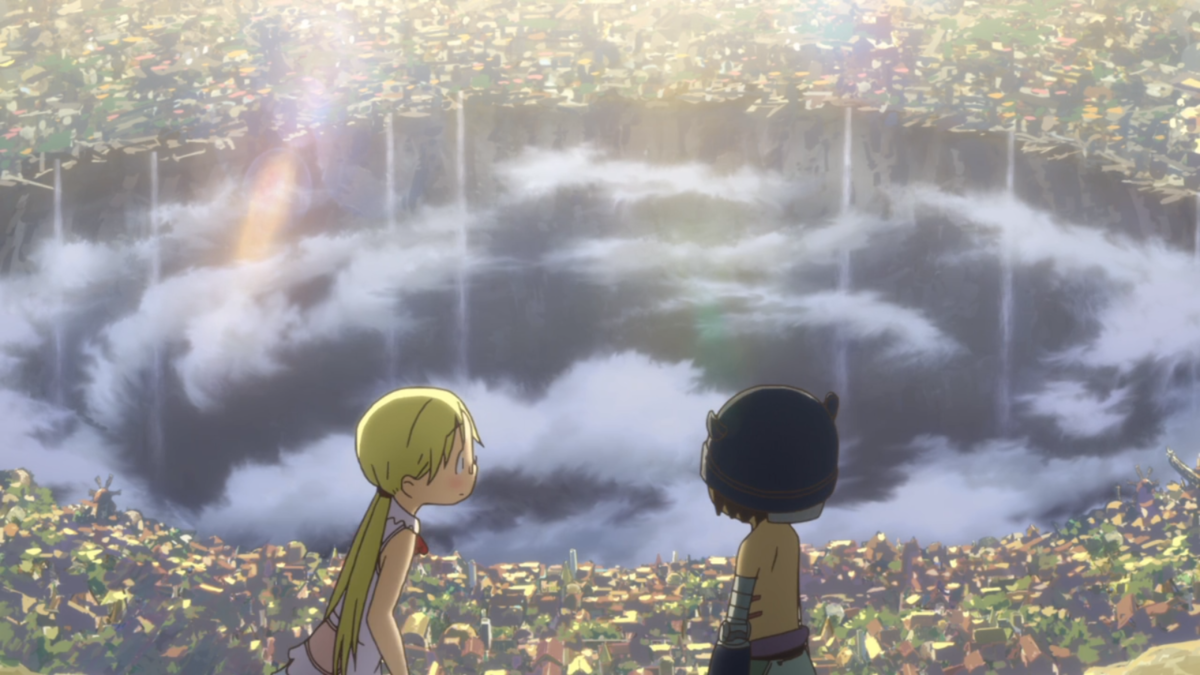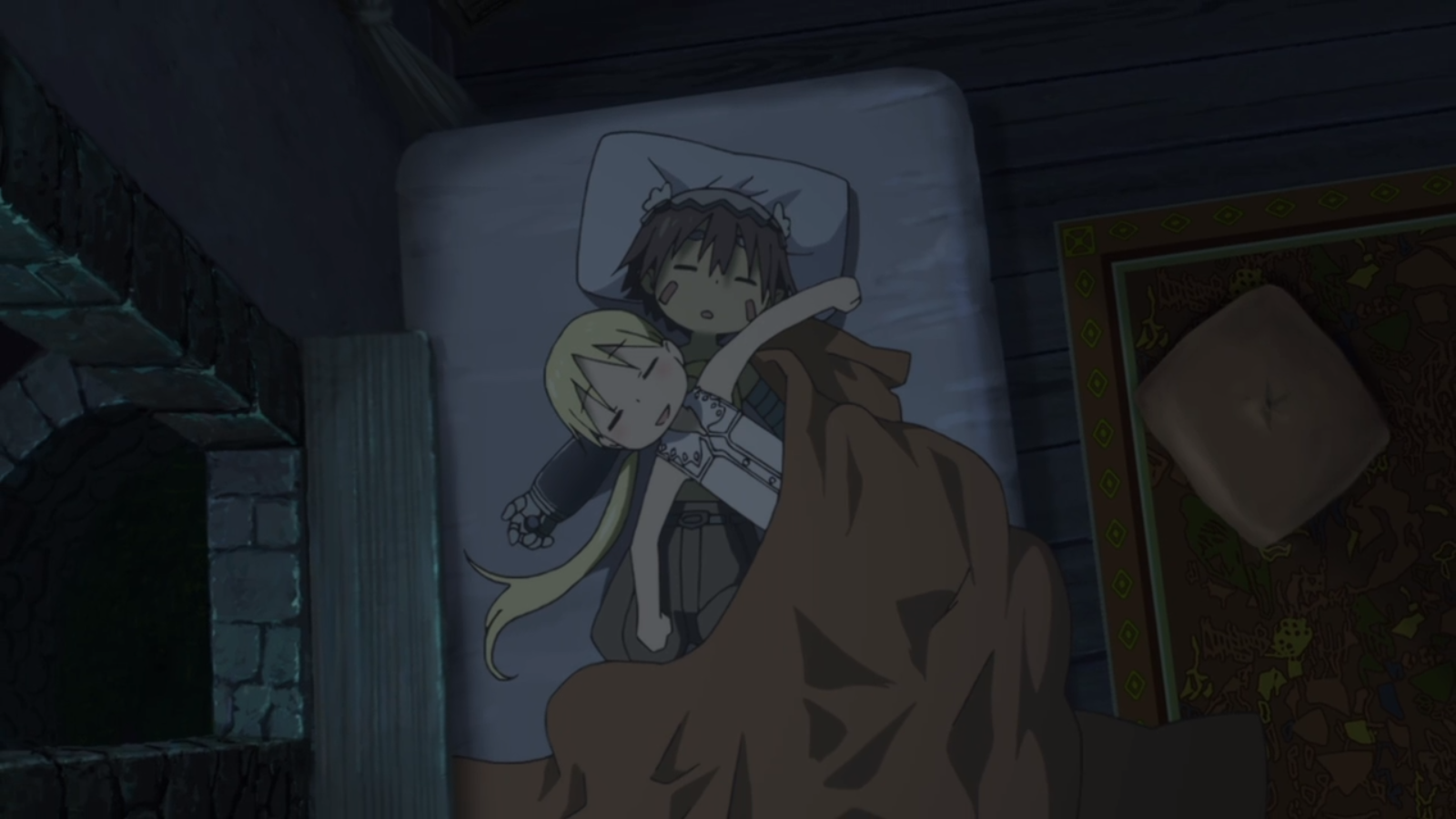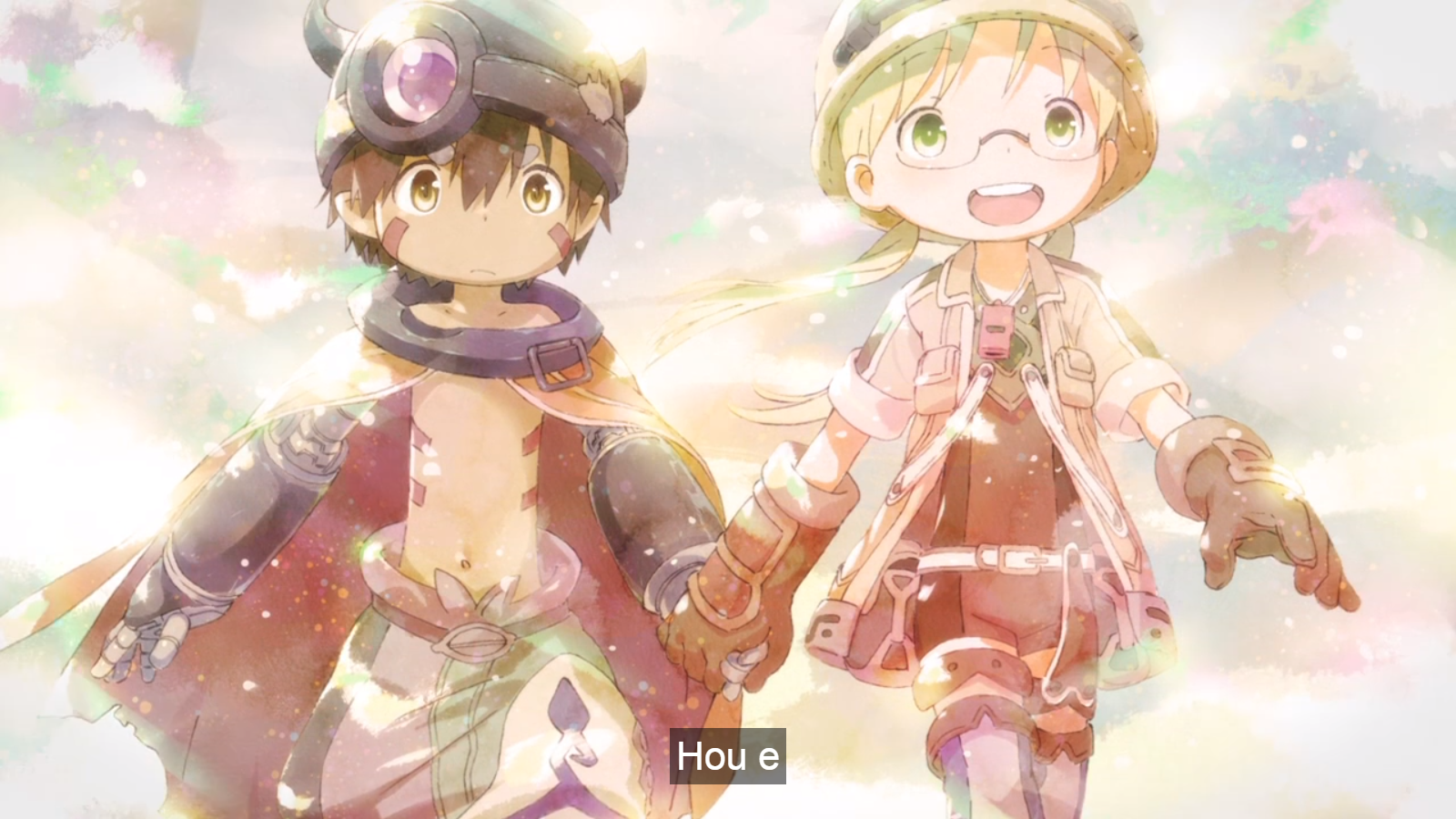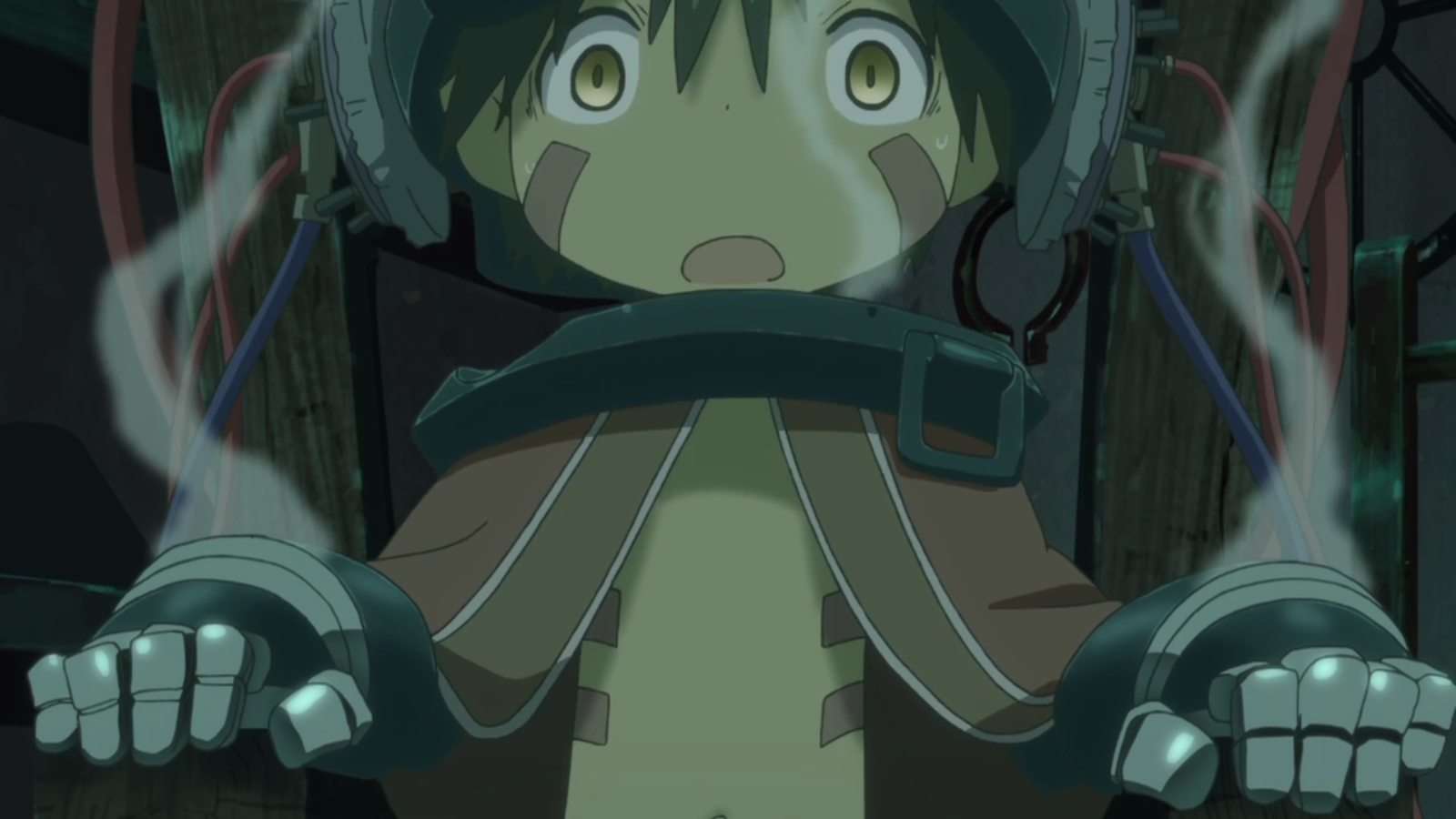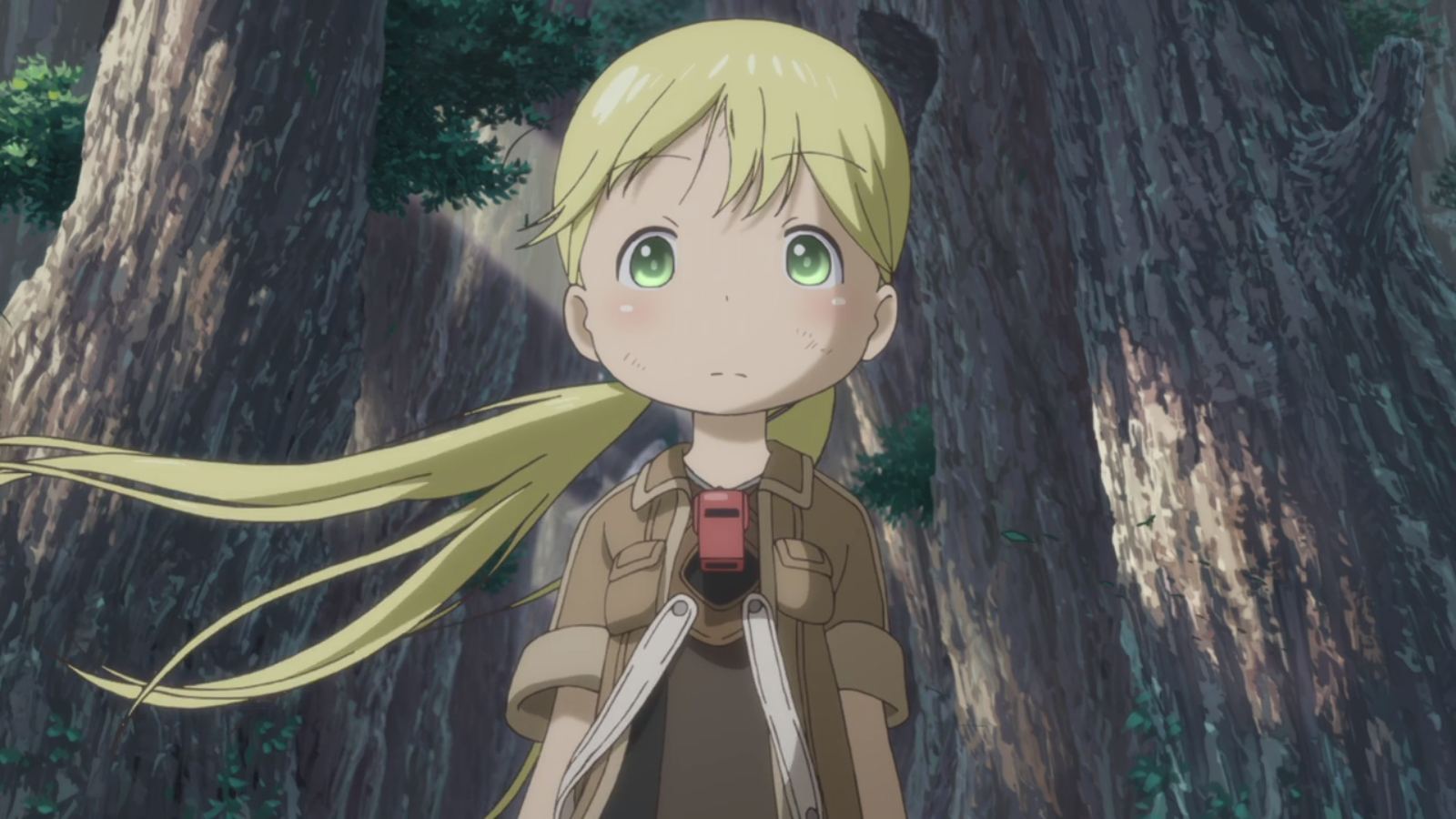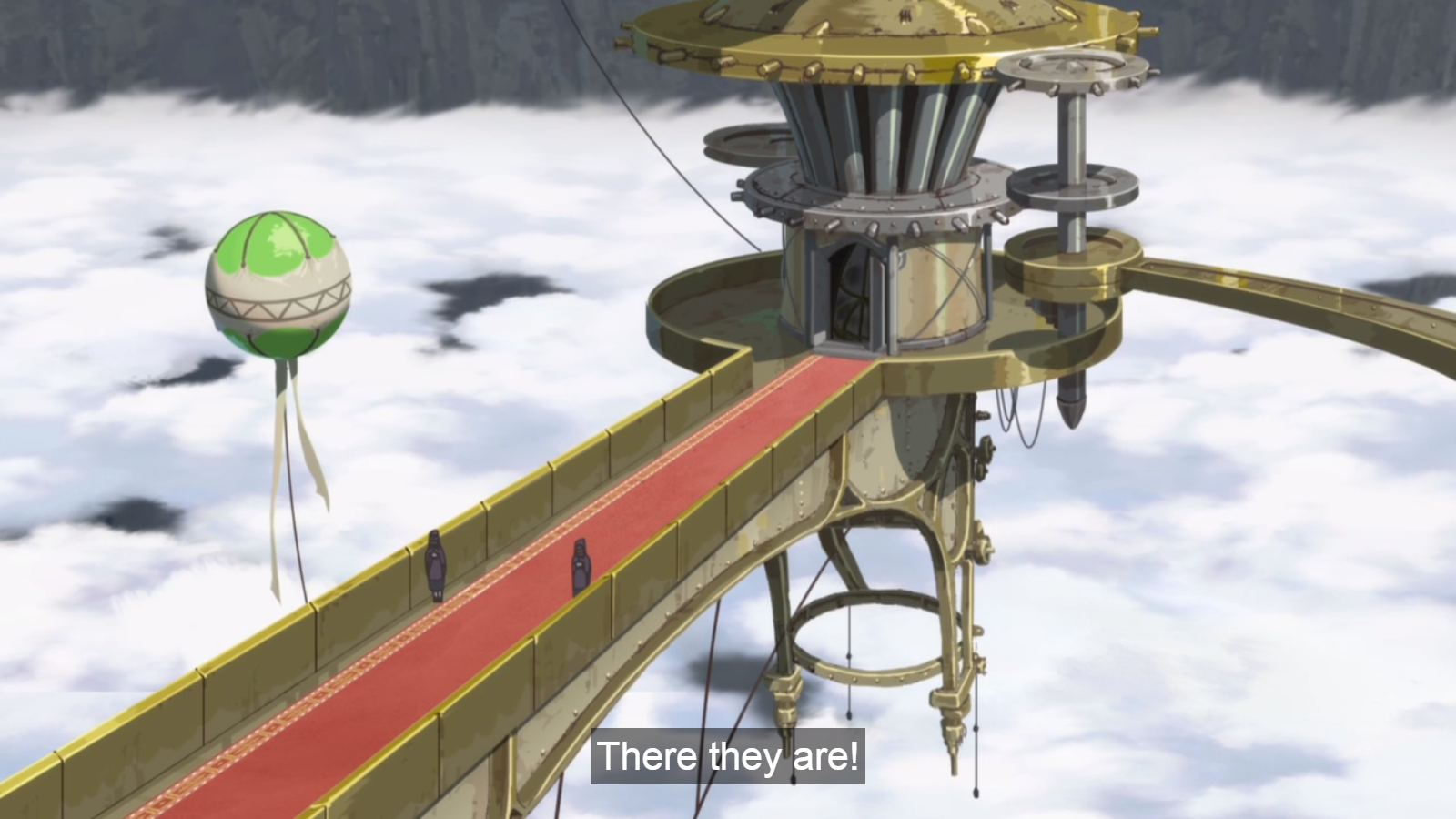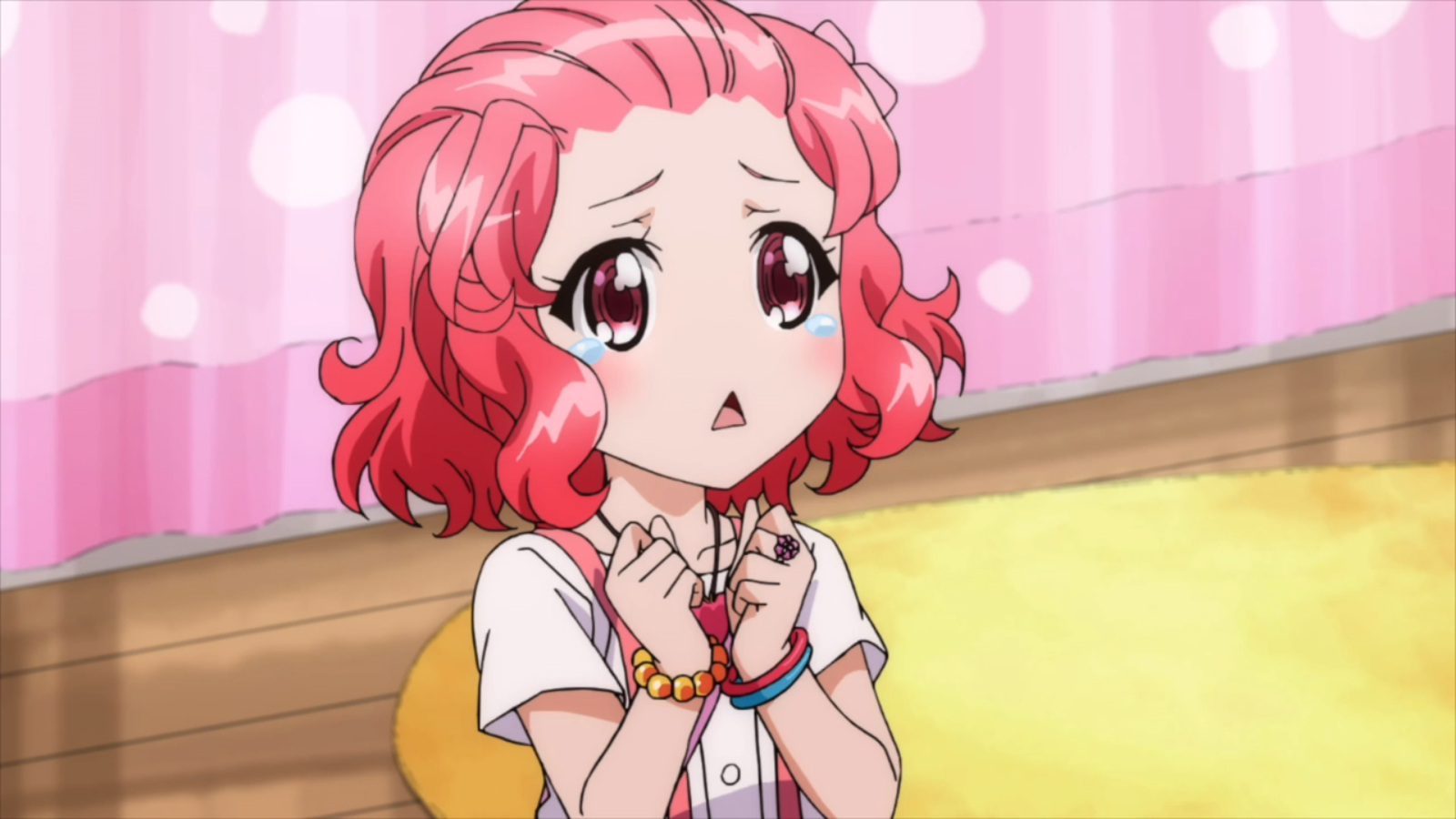The online anime community has been in an uproar since Valentine’s Day because the United Nations has proposed an expanded definition of child pornography. The “Optional Protocol to the Convention on the Rights of the Child,” currently in draft, defines child pornography as including “photographs, movies, drawings and cartoons” depicting “a child engaged in real or simulated sexually explicit conduct.” As usual, Know Your Meme has an impressively even-tempered write-up.
This has a lot of otaku and weeaboos in a tizzy because … well, because they want their sexually explicit depictions of children, and they’re not even trying to hide it anymore. Some have taken to referring to this as a “loli ban,” or in some cases, as in MaiOtaku, they’ve claimed the “United Nations is trying to ban anime,” which would be true only if anime and child pornography were synonymous.
Even calling it a loli ban is arguably disingenuous: Although the term loli is unquestionably of disreputable etymology (it ultimately derives from the novel Lolita), it is used by weebs as a generic term for any young girl characters, particularly ones who wear pseudo-Victorian dress, at least as often as it is used for child pornography. They’re trying to imply here that animators will no longer be allowed to depict children at all, which is simply not the case.
Taken in its literal meaning, this “loli ban” would actually ban only unambiguous child pornography, which means the creepers could still keep their panty shots and their suggestive transformation sequences and all the other things that manga and anime don’t need and would be better off without. In fact, it would probably have little effect at all anyway, since creators of this stuff long ago discovered that they could get around such rules by claiming that a clearly prepubescent character is actually eighteen or a robot or something.
And besides that, the U.N. is a joke and would have no actual power to enforce this anyway. I mean, what are they gonna do, invade Japan?
What is perhaps most dismaying to me personally about the whole affair is just how bad the arguments are against the U.N.’s proposed policy. Child pornography isn’t really defensible anyway, but jeez, it shows what a philosophical dark age we live in that these are the best defenses anyone can come up with.
The arguments against the policy, at least that I have seen, are two, and they go like this:
- Muh freedom. This argument is that “free expression” is a good in itself and should not be impinged in any fashion. I live in the United States, which was at least formerly the world’s leading defender of free speech. Our First Amendment, in its phrasing and original context, was clearly meant to protect political and religious speech. In spite of some erroneous and disastrous Supreme Court interpretations, it was never meant to protect pornography, which once upon a time was as illegal here as in the rest of the civilized world.
UN’s definition of child porn tries to include “drawings and cartoons” “written materials in print or online”. This is a SERIOUS threat for the freedom of expression, Should comment now. https://t.co/F07OWUr6oC
— Masayuki Hatta (@mhatta) February 15, 2019
The error here is in treating free speech as a good in itself rather than as a means to a good end. Pornography, the disastrous effects of which are obvious to anyone honest with himself, has no possible good end and does not need to be protected as free speech. It is akin to the example of adultery that Aristotle uses in the Nichomachean Ethics: it is wrong in itself and cannot be done moderately or temperately, which places it in an entirely separate category from expressing one’s honest opinion on matters philosophical, political, or religious.
-
No real children are involved so it doesn’t hurt anybody. This argument has popped up in various forms all over the place. It is an argument that derives from a degraded version of Utilitarian ethics.
The Utilitarians have held to the view that ethical actions should seek to maximize the most good, or pleasure, for the largest number of people. Utilitarianism typically flounders in trying to determine how such a calculus could actually be done. Over time, it has degenerated into doing the least amount of harm, or “not hurting anybody,” rather than doing the most good. This enables people to get away with most anything simply by defining harm in such a narrow way as to excuse most any vice they want to indulge in. Animated or drawn child pornography may not harm a specific child directly, but it nonetheless harms children generally in that it normalizes the sexualization and sexual exploitation of children. It also harms, morally or spiritually, the artist who produces the work and the people who consume it.










